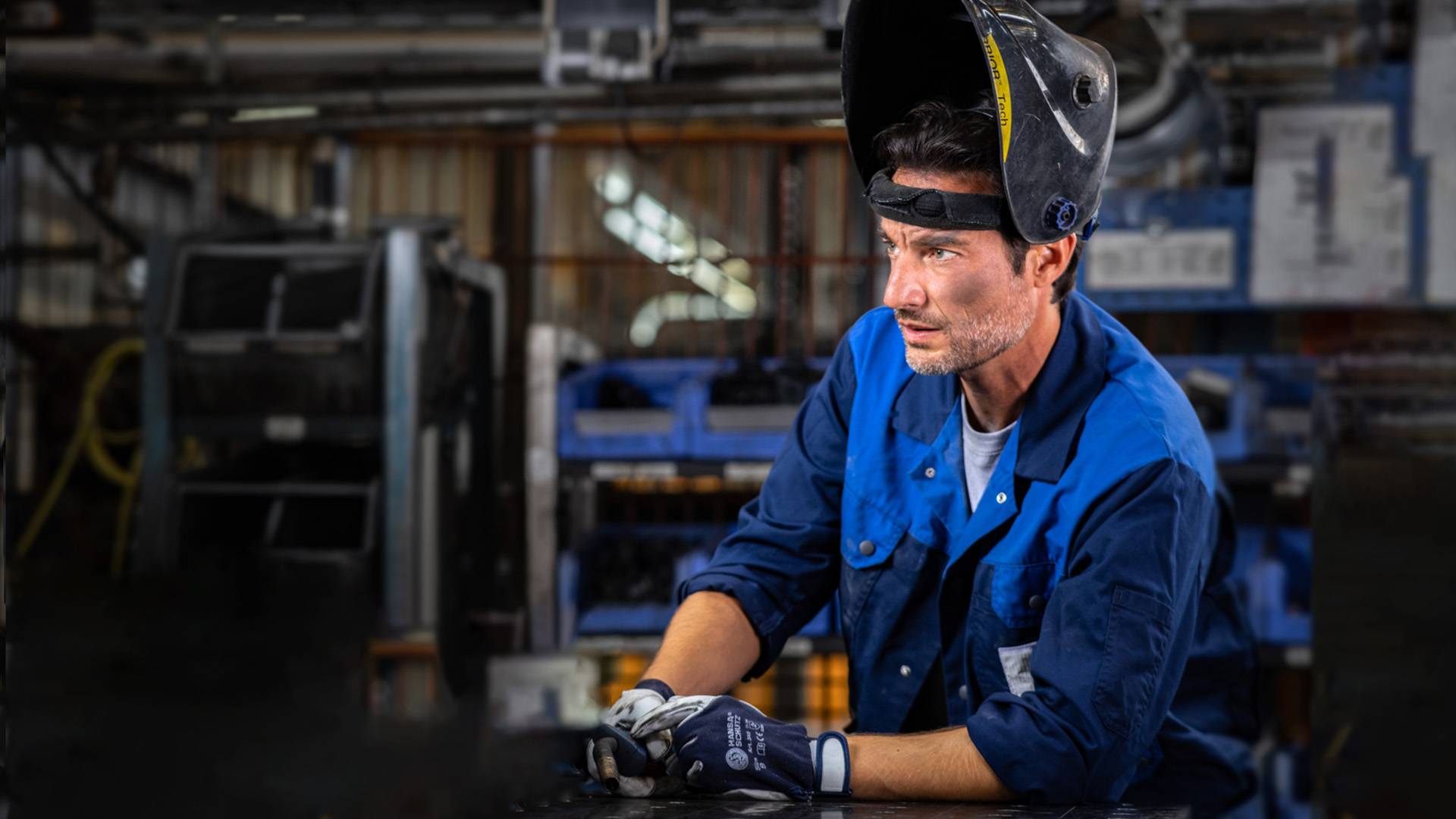Occupational safety is a top priority when it comes to something as dangerous as welding, but often the precautions taken don’t do enough to protect employees from the ultra-fine fumes that get released. Here’s why that matters and what you need to do.

Welding is an essential part of many production processes. We wouldn’t have aeroplanes, cars, houses, pipelines and much more without welding. But it can cause health issues even for those employees not directly involved with it. Here’s why:
We’ve conducted a mini study into this and found that the highest – and most dangerous – concentration of welding fumes in a production hall wasn’t actually where the welding was taking place. It was highest in other areas where nobody was wearing protective masks.
This is exactly why you can’t ignore the dangers of welding fumes and need to take action beyond relying on protective equipment and conventional extraction systems.
We’ve already talked about how easy these fumes can spread around your workplace, but what makes that such a problem? The US Occupational Safety and Health Administration (OSHA) makes it clear that the gases contained in welding fumes are a health hazard
The most common gases generated during welding are:
These are all carried by the fumes and because the particles are so fine, they are classed as respirable dust, which means they can get deep into your employees’ lungs, which can cause major problems.
So, what are the warning signs of somebody whose health has been affected by welding fumes? Here are some of the things you need to look out for:
In the long term, exposure to welding fumes can cause serious health problems, including:
The danger is so serious that the Health and Safety Executive (HSE) has issued an official safety alert as well as highlighting that welding fumes from structural steel can be a cause of cancer.
As an employer, the health of your employees should be a major concern, but the impact of welding fumes goes beyond that. Here are some of the other issues that this can cause:
You can also be risking falling foul of strict regulations around welding safety, which can lead to high fines for non-compliance or even your business being closed down.
The processes you may already have in place, like protective clothing for those doing the welding aren’t enough to protect everyone, so there’s only one comprehensive solution.
Air purification systems, like those from market-leading Zehnder Clean Air Solutions, pull these ultra-fine particles out of the air before they can be transported around your workplace and inhaled.
This protects your employees and protects you from the consequences of inaction. Clean air in the workplace can’t be taken for granted, so it’s time to find out how you can make yours safer for everyone.
To complete your subscription to our newsletter, simply click on the link in your inbox. If you don't receive anything, check your spam folder to be sure.